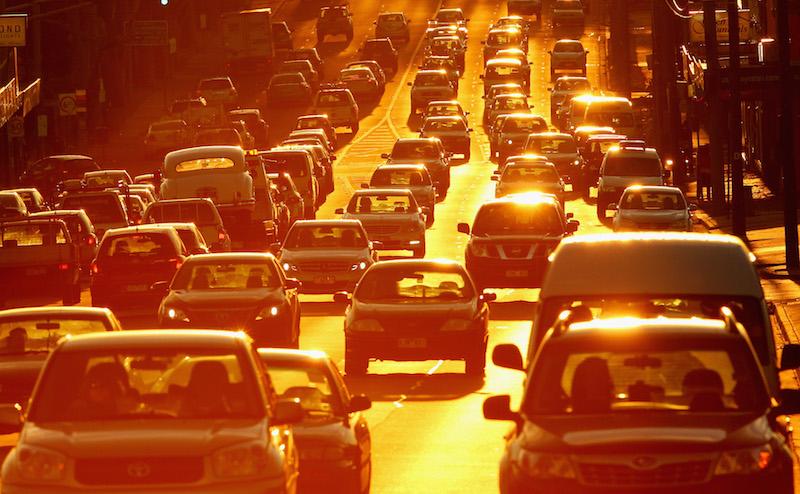A new visa condition will require new migrants to settle outside Sydney, Melbourne, and southeast Queensland for up to five years, according to the Morrison government’s four-point plan to address over-population in the east coast’s population hubs.
The new visa condition would apply to about 45 percent of the total migrant intake—notably, migrants not bound to settling in a particular location. The visa would not apply to those who are sponsored by companies or those on family visas.




